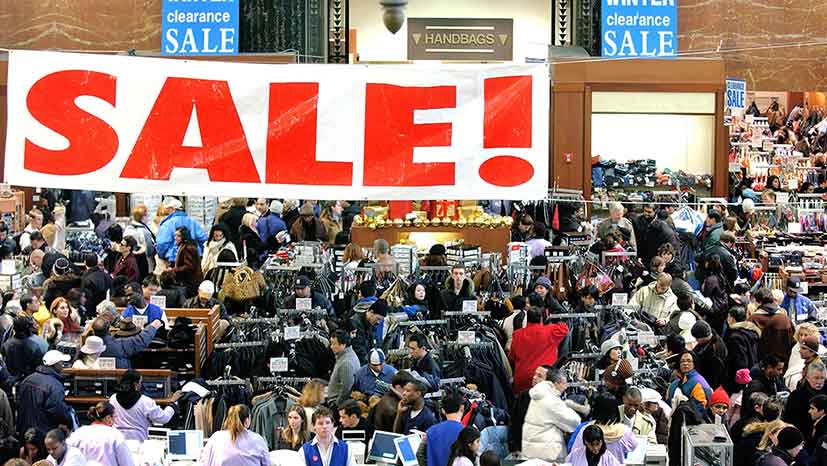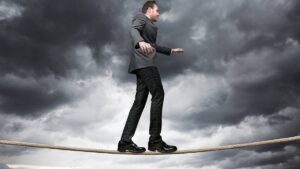Planning to buy the dip? Read this first

So you’re planning to buy the dip, maybe leverage up a bit to grab a bit more of that expensive blue chip than you could with whatever you’ve got stashed in the bank?
Past experience says curb that enthusiasm.
It can take a long time for share prices to fully bottom out once a crisis begins to unravel.
During the last financial crisis, it took six months for Australian markets to bottom out after panic properly set in.
COVID crisis v the GFC
The last major market crash was the global financial crisis (also known as the European banking crisis and the Great Recession) in 2008.
It was triggered by rapid depreciation and collapse of subprime mortgages in the US in 2007, and exacerbated by banks turning those loans into complex financial instruments and then fudging how risky they were. It cascaded around the world as banks’ risk-taking behaviour in the 2000s was exposed.
At its heart that emergency was a banking crisis, requiring governments in Europe and the US to take in hand financial institutions which had over extended themselves.
This crisis was triggered by a disease shutting down global supply chains that began in China, which has put millions of people under quarantine in order to stop a coronavirus contagion within its borders.
But the ground was prepared by weak global economies unable to cope with massive changes in demand for goods and services, as well as damage to companies’ ability to source goods.
Furthermore, this is also an oil crisis, as in parallel OPEC’s production curbs have disintegrated in the face of a sharp drop in demand from China, the world’s largest buyer.
Few governments and central banks have much left in the tank to spur their economies on compared to after the 2008 crisis, but that is a development to this crisis that is yet to unfurl.
What stocks did last time
Professional small cap buyers are pitching a ‘wait and see approach’ to broad based buying, unless it’s something they’ve been eyeing for a while that’s now a bargain.
They’re waiting because the last time this happened, 12 years ago, it took months for markets to fully bottom out.
The global financial crisis began around April 2007, when the subprime mortgage crisis started, and Australian markets began coming off their peak from late 2007. September 2008 was when markets’ final run to the bottom began and panic really set in.
But the bottom, for the All Ordinaries and the Small Ordinaries, was March 6, 2009 — six months after panic set in.
Miners and energy companies recovered fastest, as the world’s biggest miners BHP (ASX:BHP) and Rio Tinto (ASX:RIO), and Woodside Petroleum (ASX:WPL) all bottomed out in December 2008, just months after the panic started.
The big four banks took a month longer to convince investors they were not in the same parlous states as US and European institutions.
Others currently in the ASX20 such as Brambles (ASX:BXB), Goodman Group (ASX:GMG), and Insurance Australia (ASX:IAG) took until March to start a recovery.
Others like Woolworths (ASX:WOW) and the ASX’s superstar CSL (ASX:CSL) simply went sideways for a couple of years.
UNLOCK INSIGHTS
Discover the untold stories of emerging ASX stocks.
Daily news and expert analysis, it's free to subscribe.
By proceeding, you confirm you understand that we handle personal information in accordance with our Privacy Policy.








